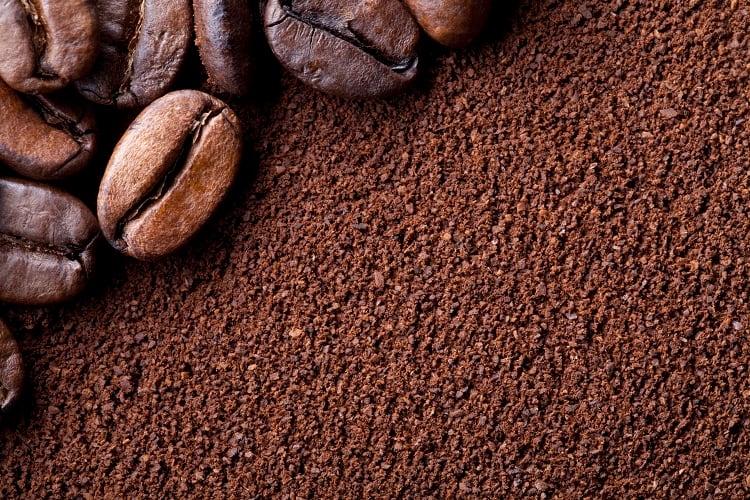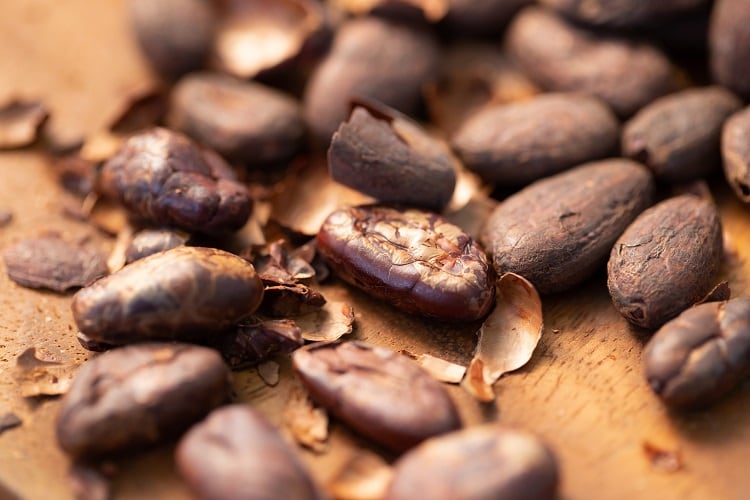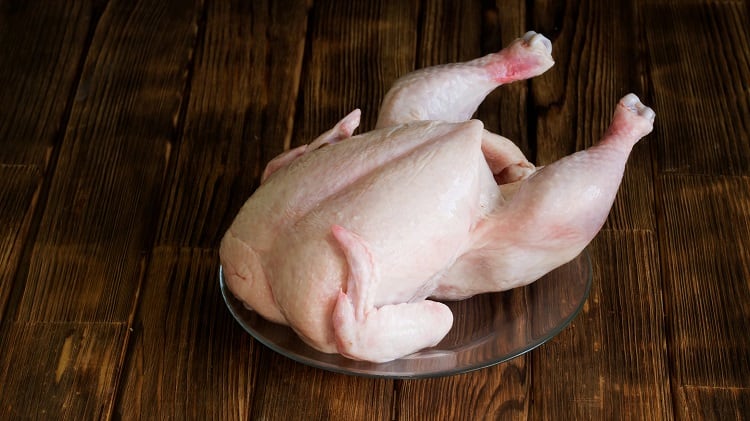Food waste is one of the most significant problems facing the food industry today, with more than a third of food wasted globally. And in the Global North, this proportion is even higher.
Upcycling food can help to mitigate the problem. A wide range of food can be upcycled, from agricultural side streams to broccoli and chicken carcasses. Turning food no one wants to eat into food some people want to eat changes the ratio of food wasted to food not wasted.
The only problem is, indeed, only some people want to eat such food. What are their motivations, what are the motivations of those who don’t want to eat them, and how do we predict who will or who won’t? A study of 37 pieces of research, published in the journal Food Quality and Preference, looked at this.
Taking in research articles from around the world, including Europe, North and South America, Asia, Africa and Oceania, the study gave a global overview of consumer perceptions of upcycled food.
The studies took in the upcycling of foods such as fruit and vegetable by-products, olive, grain, meat, and even the byproducts from winemaking, giving a broad range of upcycled foods assessed for consumer acceptability.
Psychographic influences
Perhaps ironically for upcycled food, which is essentially repurposed existing food side streams, one of the primary barriers to consumer acceptance is neophobia, or the fear of the new. Neophobia is a key factor in many markets, such as insect protein, and upcycled foods are no exception.
Across many of the studies, a significant correlation was found between food neophobia, food technology neophobia, and reluctance to accept upcycled foods. Whilst it was not universal, it cropped up in enough of the studies to suggest a clear trend.
Awareness of food waste, on the other hand, had a positive correlation. One study focusing on upcycled fruit and vegetable waste, and another on seafood by-products, both found that those with a greater awareness of issues relating to food waste were more likely to buy upcycled foods.
There was also a positive correlation between buying upcycled foods and environmentalism, with a range of studies finding that those with a keenness for environmental issues were more likely to buy upcycled foods.
The factors influencing acceptance
Demographics play, across many of the studies analysed, a key role in predicting whether consumers are willing to try upcycled products.
For example, age. In one study, baby boomers were shown to be most likely to try upcycled foods, with Generation X the least likely. In others, however, it was younger consumers that were more likely than older to try them.
Gender was also shown to be a factor. While many of the studies showed that female participants had a greater proclivity for purchasing upcycled food than male ones, this was not universal and a few found the opposite.
Many of the studies looked at education level, income and country of origin and their links to proclivity to purchase upcycled foods. These were more nebulous, with some studies finding opposite links to others, and some finding no links at all.
Knowledge of upcycled foods
Knowledge of upcycled foods was found to be low. In studies of British and New Zealand consumers, knowledge of what upcycled foods were was found to be 10% and 15% respectively. In Turkey, knowledge of upcycled foods was slightly higher, at 35%.
One study suggested that Italy had the strongest level of awareness, coming in at 61% with a strong understanding of what ‘waste-to-value’ foods were, with another 20% being familiar with the term but not the concept.
Sourced From: Food Quality and Preference
'A scoping review of the literature examining consumer acceptance of upcycled foods’
Published on: 7 January 2024
DOI: https://doi.org/10.1016/j.foodqual.2023.105098
Authors: P. Lu, J. A. Parrella, Z. Xu, A. Kogut





